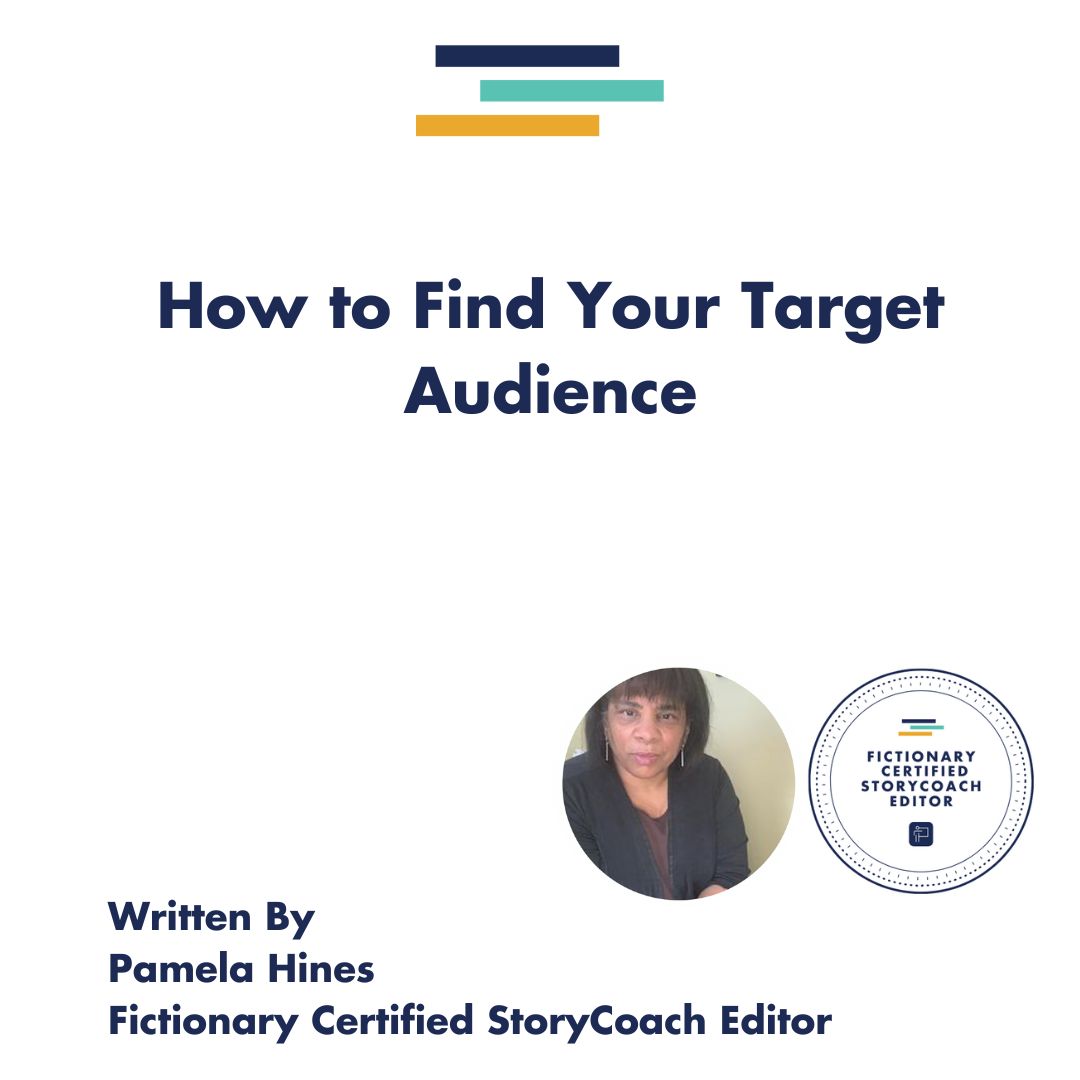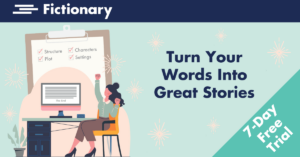What is a target audience?
Simply put, your target audience consists of readers who enjoy books like yours. They will likely buy your book, recommend it to a friend, and possibly buy your next book. They can become career-sustaining fans.
Target audiences possess specific characteristics, and book marketers use these factors to craft marketing campaigns. So it makes sense that most think of marketing and book launches when considering the target audience. However, there’s a more fundamental connection between you, as a writer, and your ideal reader.
That connection lies in your mutual identification with the protagonist’s story problem. If you dig deep, you may find that the reasons you wrote this story align with why a reader may be drawn to it. That’s common ground on which to build a solid book-writing foundation.
Creating a bond with your readers is paramount. Another technique to involve them deeply is to create high-quality sales enablement videos about your writing process or your book’s underlying themes. These videos build a human connection, as your audience watches and listens to you share your passion. They allow you to present your book from a different angle, surprising your audience with insights, and sparking renewed interest. It takes your readership from passive to active engagement, as they can ask questions, share opinions, and feel seen and heard.”
People enjoy books for various reasons, but for the most part, it boils down to the characters. As readers spend more time with characters, they grow to identify with, understand, and love them—even the ones they love to hate.
In some ways, the reader becomes the character, experiencing and imagining how they might handle similar story events, all from the safety of their home.
Your basement may not house a monster, but you’ve read enough horror books to know what to do or what not to do if you ever encounter one—I suggest running in the opposite direction.
You may never get abducted or cornered in a dark alley, but haven’t you imagined yourself giving an attacker the perfect roundhouse kick? Ok, maybe that’s just me.
Could you risk it all for true love? Readers of romance novels have, many times. They’ve imagined making that mad dash to the airport to set things right over and over again. And they’ll read story after story to experience the cathartic joy of someone bravely shouting their love from the rooftops.
This kind of reader engagement is a writer’s dream.
Identify books similar to yours
Identifying books similar to yours will help you find your target audience because these readers are more likely to be interested in the same genre as you.
Their preferences may be for a global genre such as Romance, Science-Fiction, or Thriller. Or their preferences may be more specific, as in Paranormal Romance, Historical Regency Romance, or Dystopian Space Opera. It’s easier for some to communicate their preferences by comparing books to others: “it’s like Hunger Games” or “it reminded me of “Life After Life.”
You can do the same. Walk through the bookstore and browse titles in the section your book would likely sit. It’s okay to dream. Examine covers; read the back cover copy. Do they evoke the experience and emotion you want for your story? You can do the same online at Amazon, BarnesandNoble.com, Scribed, or Apple iBooks.
Create a hypothetical, ideal reader
Who is your ideal reader? You need to know who you are writing for to create content that will resonate with them. To do this, you need to know who they are, what they read, and where they hang out.
Your target audience may not be able to articulate why they like specific stories, but they know what they like, and many like to talk about it. Read their reviews and comments; see other books they may like.
Envision your ideal reader, their age, gender, residence, occupation, hobbies, income, and quirks. No one is looking over your shoulder to make sure you’re right. It’s most important that you gain a clear vision of your ideal reader to focus your writing, then later, your pitching and marketing. This article discusses creating your value proposition and finding the ideal reader.
Research on social media, review sites, and other channels
Social media such as Instagram, Twitter, and TikTok can help you with research. Look for books similar to yours, but not just famous or trending books. If someone loves a trending book and also recommends a less popular one, note the title. If someone dislikes a book and recommends another, note that. Make a list. Then search the internet for book reviews, articles, blogs, social media profiles, or interviews.
Goodreads.com is a great place for in-depth reader reactions. Pay attention to issues people like or find lacking in books like yours. Looking for trends and feedback can give you a sense of reader expectation and help you figure out how to differentiate your work while still appealing to the same target audience.
Peruse Google Trends to find out what people are searching for and how popular certain topics are. Look at Amazon reviews; three-star reviews can be particularly revealing. This article from book discounter, BookBub, suggests steps to identify your target audience.
Why knowing your target audience matters
The ideal reader is the person you want to read your book. You need to know who this person might be to create something they will want to read.
Consider your protagonist. In the course of your book, what does your protagonist struggle with, strive for, and learn? Chances are these conflicts, and issues ring true for others. Focus on one reader in particular. That person needs your book. Writing for a single audience member focuses your storytelling and frees you from struggling to make the story relevant to everybody.
Knowing your target audience can help you draft an effective marketing plan or query letter when you’re ready to market your book or query agents. You’ll need familiarity with books similar to yours and the likely audience. Ideally, you’ll be able to demonstrate that you’ve already tapped into this target audience and have potential readers.
Ask for professional help
The success of your book depends on how well you know your readers. Consider talking to a book professional or coach who can help you identify your ideal reader and create an effective marketing plan for your book launch.
The right professional may be an editor, coach, agent, or marketing specialist. Reedsy has many resources to help you find book professionals.
Book printers such as Ingram-Spark share ideas and resources in this article. As self-publishing gained popularity and reputation, professionals specializing in book launches and author platform development have become more prevalent. Some previously worked in the traditional publishing industry; others may have specific training in book marketing or platform building. Sites supporting self-publishers are more prevalent and are excellent sources of support, such as this.
If you’re not sure who your target audience is, it might be best to work with someone who has experience in this area and knows how to help you identify them. A professional book coach or launch specialist could provide valuable insight into your target audience and help plan your marketing strategy accordingly.
Post Written by Pamela Hines
 Pamela is a Fictionary Certified StoryCoach editor and a certified Story Grid editor. She will combine her Story Grid knowledge with technology and use Fictionary StoryCoach software to provide you with an exceptional story edit.
Pamela is a Fictionary Certified StoryCoach editor and a certified Story Grid editor. She will combine her Story Grid knowledge with technology and use Fictionary StoryCoach software to provide you with an exceptional story edit.



